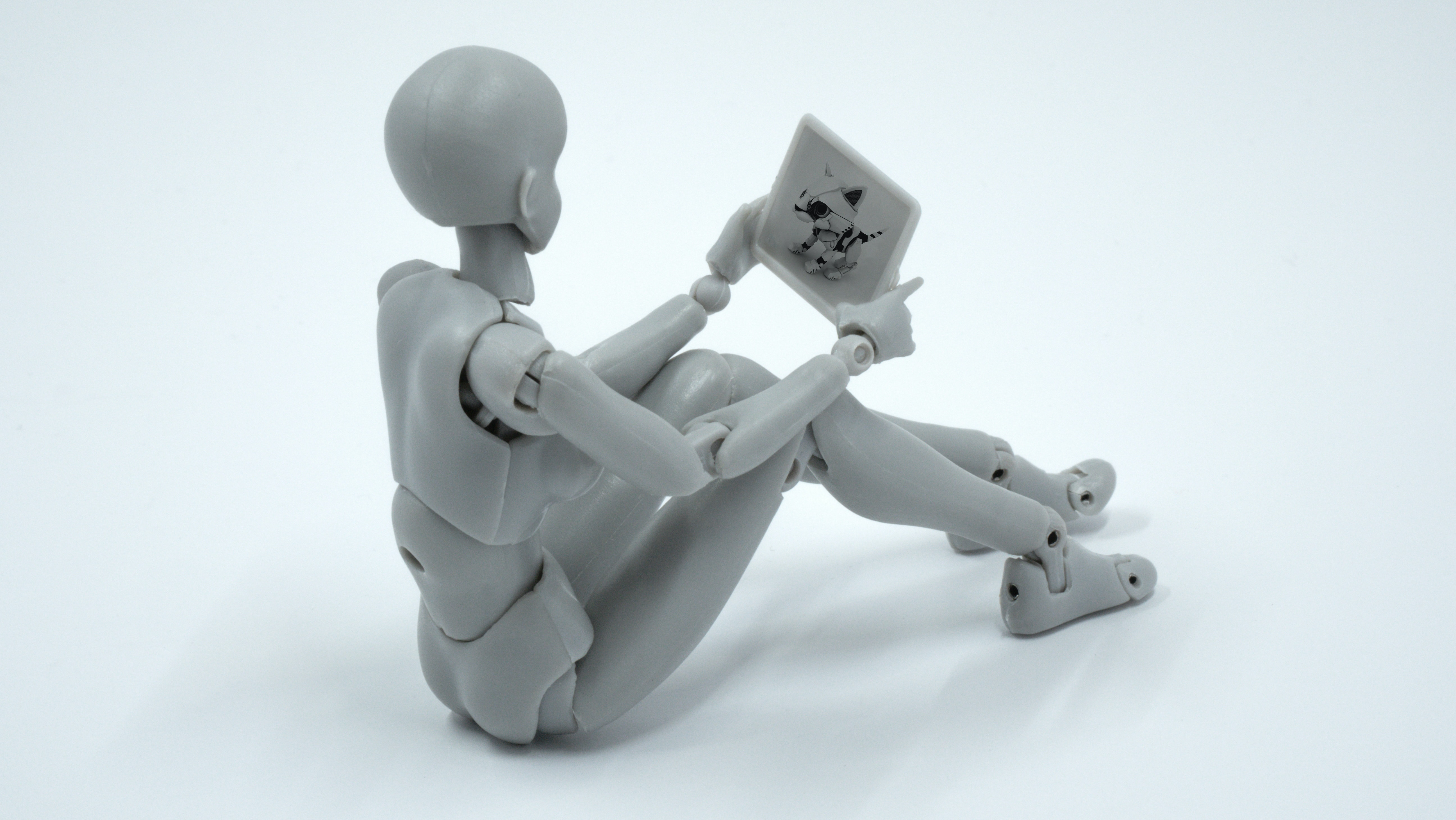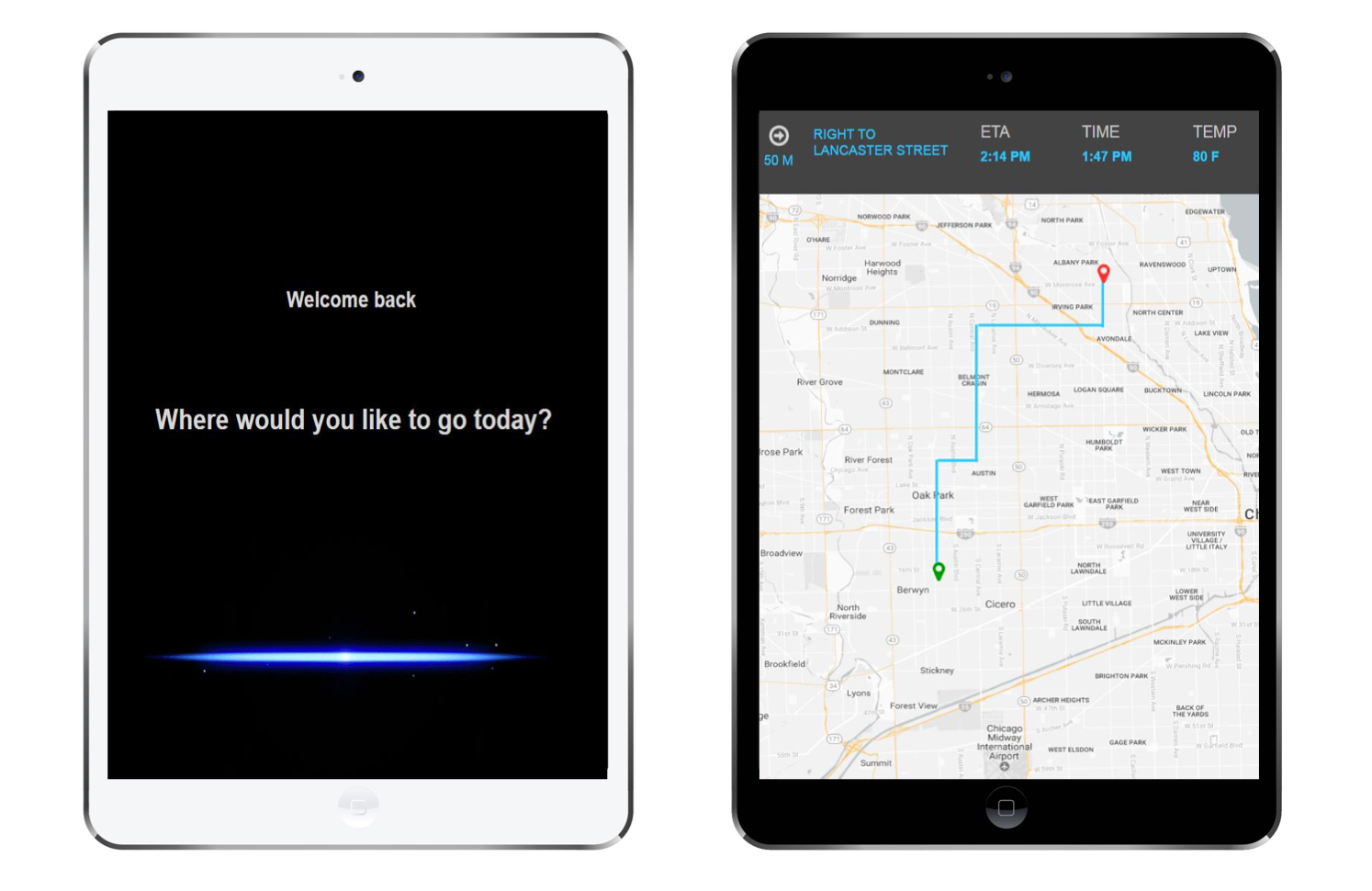
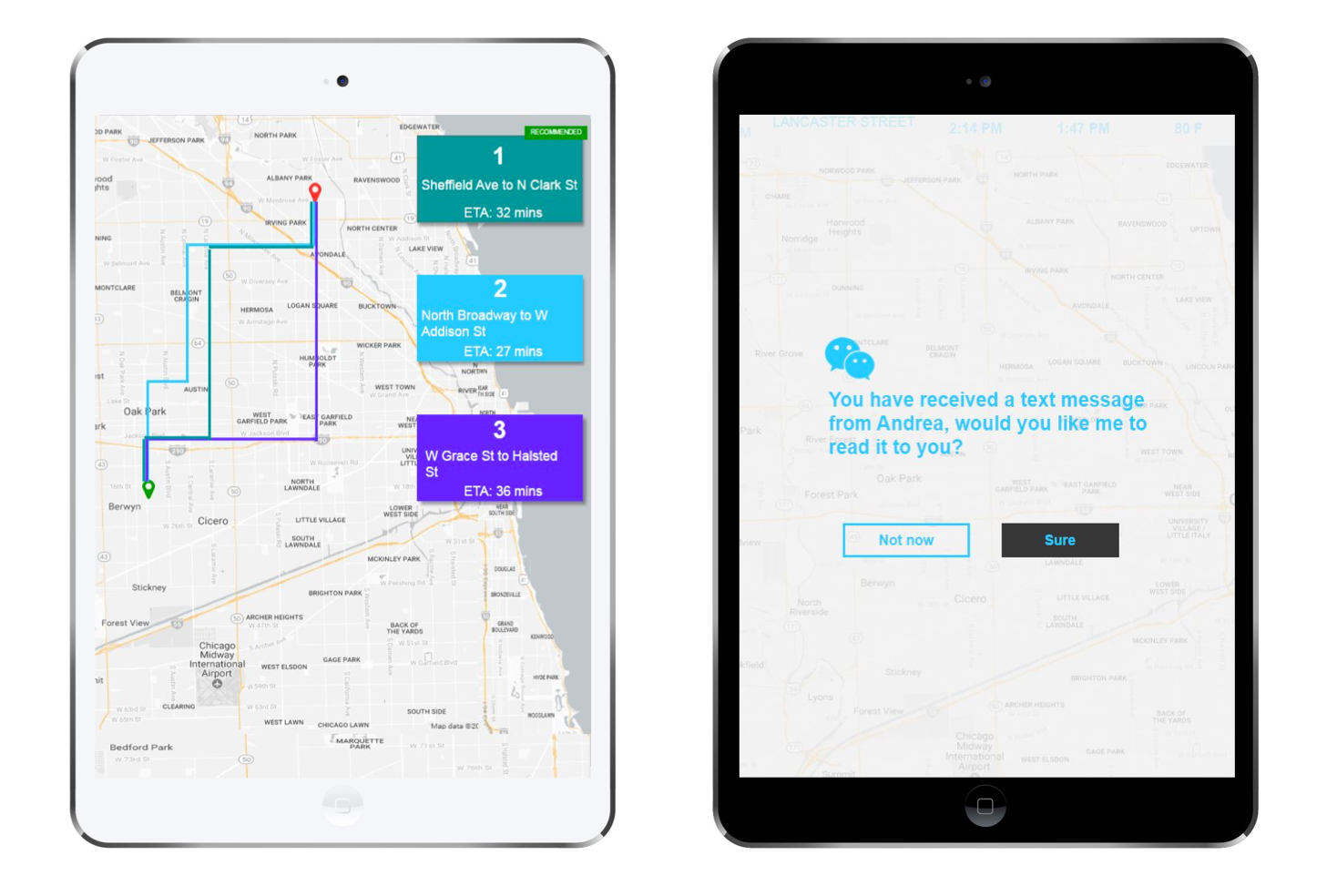
CONCEPT
As autonomous, self-driving cars are gaining traction, the days when self-driving cars will easily be accessible do not seem to be too far out. What kinds of features are necessary to provide the most pleasant experience? How will the passengers of these technologically advanced vehicles interact and perceive this experience?
As my team and I wanted to explore these questions, we worked on a project to illustrate our vision of how riders can interact with self-driving cars for a practical, and enjoyable experience.
OBJECTIVES
Develop voice user interface (VUI) ideas of autonomous, self-driving vehicles.
Identify ways to build trust between riders and autonomous vehicles, through conversational interactions.
Design a prototype of a multimodal interface, combining a voice user interface system and a tactile tablet interface.
Initial sketching of the ideas involving the interface.
METHODOLOGY
To develop a prototype focused on practicality, usefulness, and user trust, we directed our attention to genuine interactions between users and machines, to steer away from robotic interactions. Our idea was that voice interactions should be engaging and valuable.
We started by sketching out ideas, creating a mood board, and eventually developed a prototype to be tested by real people. We used Axure RP to design our prototype, and used recorded voice messages to emulate a voice user interface. Once we had the prototype, we evaluated the design through testing, by assigning scenario-based tasks to participants. The tasks involved the participants interacting with the pre-recorded voices to simulate a voice user interface, while also interacting with a tablet.
Color palette and mood board
Findings
The tablet prototype required some visual design changes, to make it more usable.
The voice recordings were reported as being too robotic.
The test participants felt that simultaneously interacting with the tablet interface and the voice user interface was asynchronous.
Graphical depiction of the user journey.


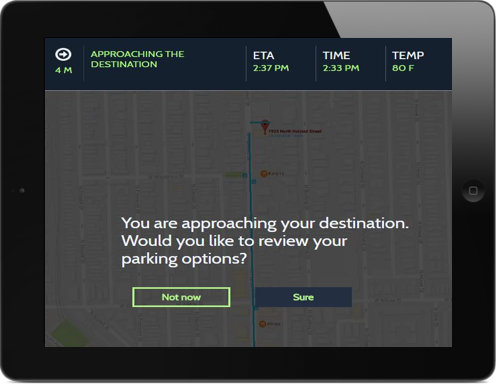
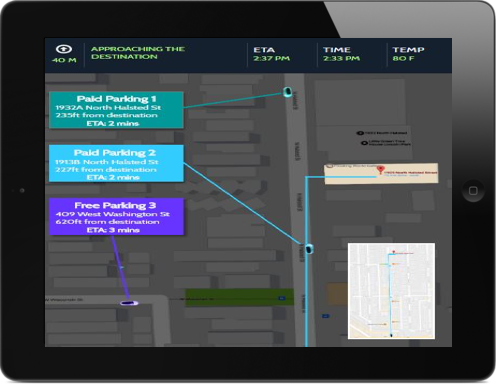
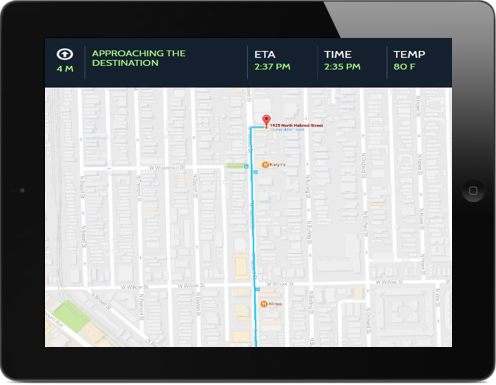
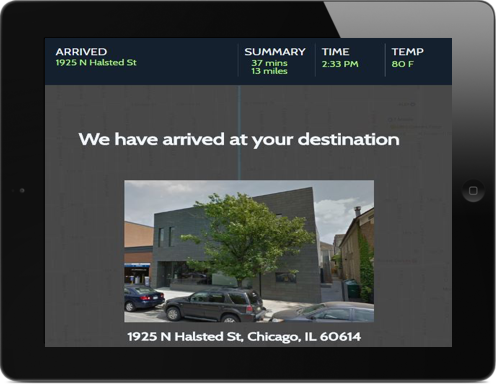
RETROSPECTIVE
For this project, we incorporated user evaluation to collect user opinions on the overall functionality, layout, and structure of the voice user interface prototype. By observing users complete a series of tasks, we wanted to gather some feedback on how the prototype could be improved.
We learned from this project that visual design plays an important role in the usability of interfaces, and is a major contributor to user satisfaction. Through multiple iterations of feedback and modifications, we were able to design a concept that could potentially resemble actual interfaces in the future.




